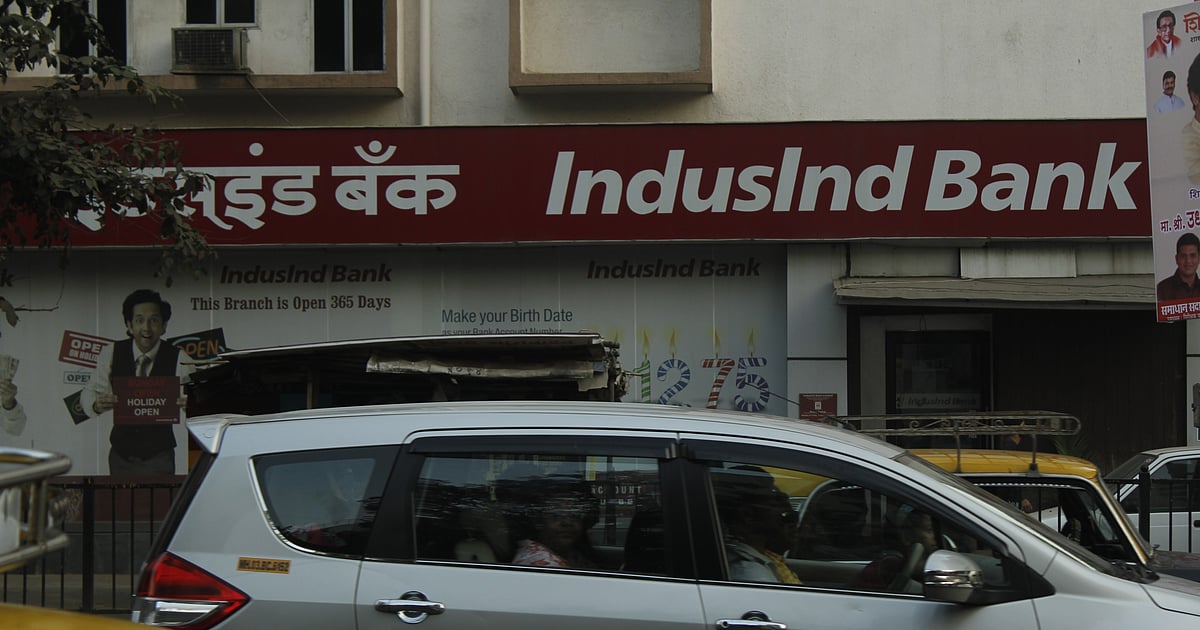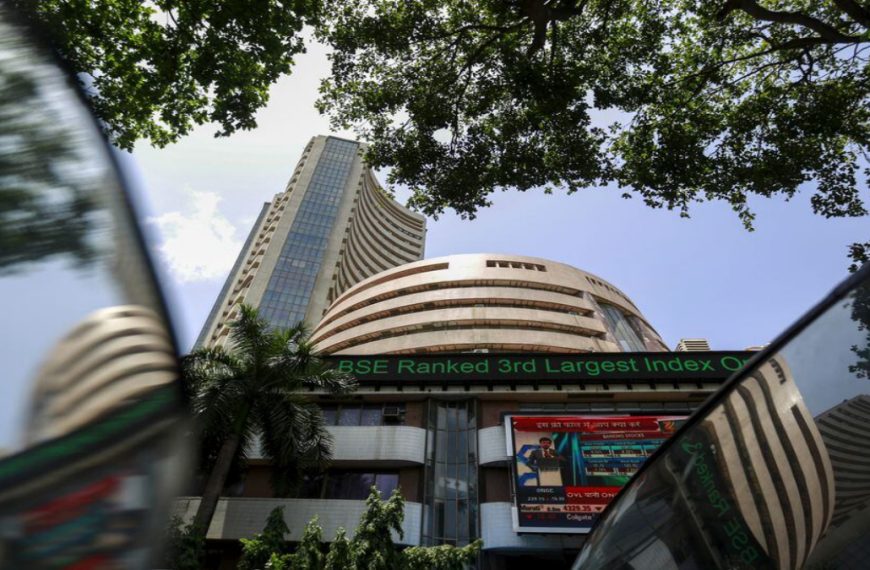IndusInd Bank is currently navigating through turbulent waters, as Bernstein recently affirmed its ‘Outperform’ rating for the bank while slashing its target price from ₹1,300 to ₹1,000. With the bank’s stock trading at an attractive 0.8x price-to-book ratio and boasting a return on assets (ROA) exceeding 1.5%, investors might be intrigued. However, several pressing concerns regarding management integrity, asset quality, and deposit stability have prompted this reassessment.
Concerns Weighing on IndusInd Bank
- Management Accountability: The credibility of the bank’s management is under scrutiny, particularly due to a significant reduction in stock holdings by both the CEO and Deputy CEO. This has led to a deterioration in investor confidence.
- Asset Quality Issues: While not yet critical, potential credit losses loom due to the bank’s low valuation. Investors remain cautious, given the prevailing uncertainty surrounding asset performance.
- Deposit Stability: The reliance on wholesale deposits raises red flags, especially amid ongoing accounting issues that could result in potential losses of ₹2,100 crore.
Financial Outlook Adjustments
Following recent disclosures, Bernstein has revised its fiscal year 2025 EPS estimate downward by 35%, reflecting one-off accounting impacts. Additionally, projections for loan growth in 2026-27 have also been trimmed, leading to an overall 10% reduction in EPS for those years. This marks a continuation of the downward trend initiated by CLSA amid ongoing concerns about management continuity and investor sentiment.
Stakeholder Dynamics
The promoter group currently holds 15% of IndusInd Bank, with 50% of this stake pledged. This situation, compounded by ongoing merger and acquisition activities, has heightened investor apprehensions. Bernstein suggests that improving transparency and successfully completing M&A transactions could help mitigate these concerns.
The Path Forward
Bernstein advocates for a new leadership team to help regain investor trust and stabilize the bank’s trajectory. Maintaining a steady deposit growth is pivotal in alleviating fears over potential outflows and restoring confidence in the bank’s financial health.
Although asset quality is not an immediate threat, the bank’s low valuation leaves room for unexpected challenges. Aligning performance with industry standards could significantly help address these worries in the long run.
IndusInd Bank continues to face a complex landscape, and stakeholders will be watching closely as developments unfold.











